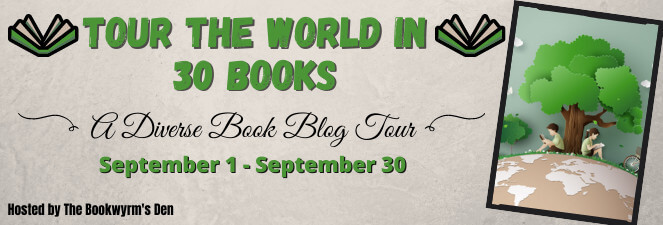
Nobody really remarks on it (with a few minor, half-hearted exceptions).

Cara used to have a relationship with a dude now she has a major crush on a chick. On that front, “The Space Between Worlds” handles the characterizations, internal thought processes (save one, which we’ll get to), and interactions/interplay very naturally.Īnd as for the “Big Bi Energy” - there’s no hand-wringing here.

It’s a fantastic concept, worthy of exploration, and to Johnson’s credit, she does a terrific job of exploring that issue in a way that’s both obvious and blatant, but also folds it into the story itself. As far as metaphors go, this is an extremely potent one.

She’s able to visit more worlds than most people, largely due to the fact that her awful upbringing has led to her life being cut short in so many different ways.Īnd yes, this is an allegorical story about how people are denied opportunity simply because they were born in the wrong place, and have to fight that much harder to get ahead. Needless to say, this makes her an extremely valuable traveler for the company. Our main character, Cara, is dead on 372 of these alternate worlds. Why? Because the Institute has figured out a way to travel to these alternate Earths, and if you’re still alive when you go visit, you’ll end up killing yourself. The you on Earth 150 might not even be alive.Īnd in this setting, the fewer versions of you that are alive, the more valuable you are to the Eldridge Institute. You might be a celebrity on Earth 30 a beggar on Earth 80. And the further out you go, the more different you are. Maybe you’re richer, or poorer lonelier or more in love. But on Earth 1, you’ve made one key change. The “main” Earth is where everything is normal, where you have the life you live and the habits you’ve developed.

And they’re progressively slightly more divergent than our own. Are there LGBT characters? Yes, the main character exudes Big Bi Energyīrief summary / book review: Turns out there isn’t just one Earth, but close to 400.


 0 kommentar(er)
0 kommentar(er)
